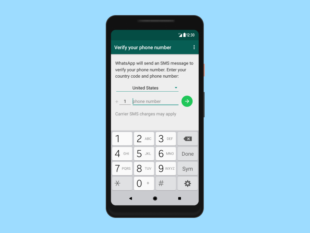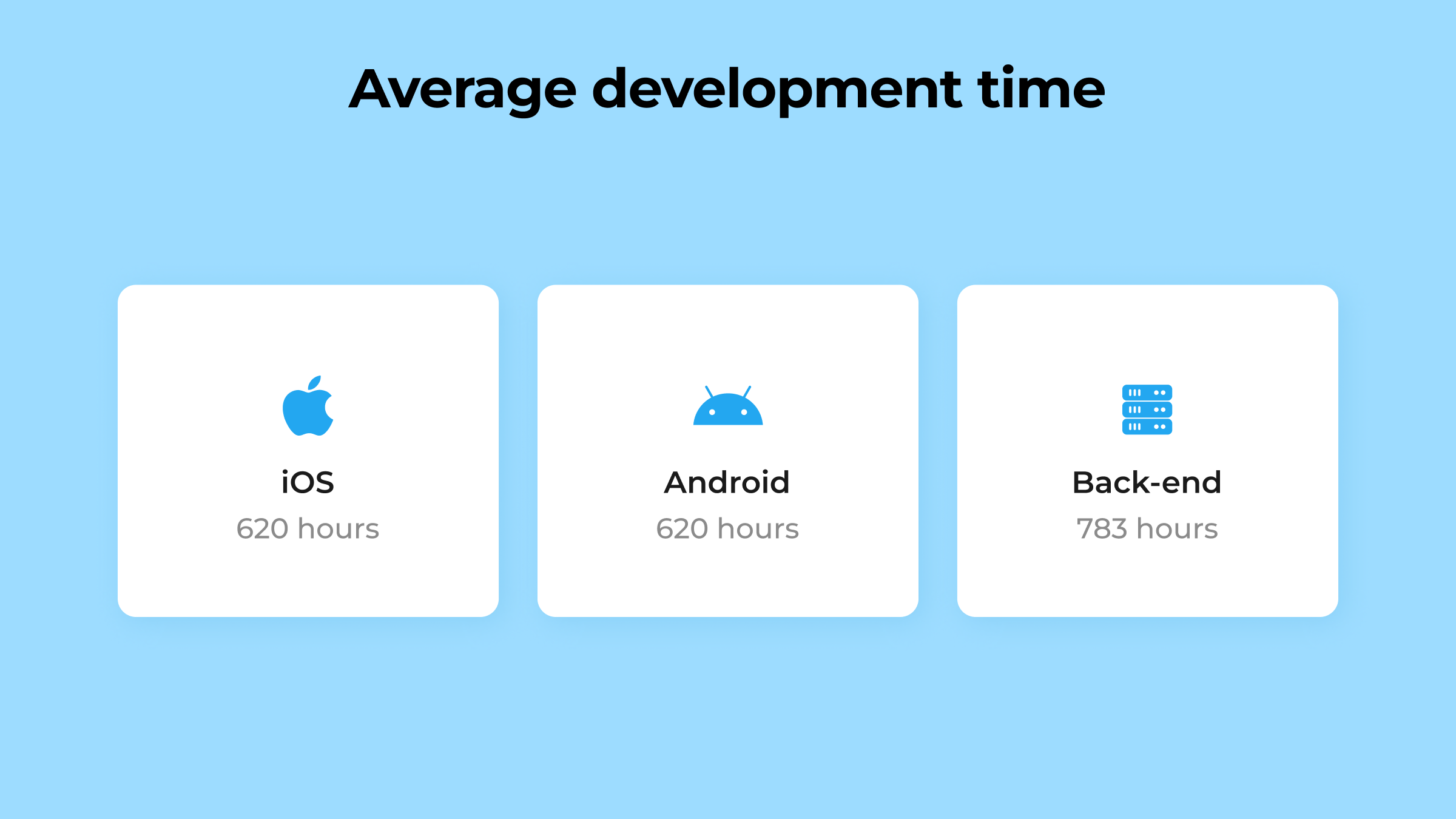Since the app’s release, WhatsApp has never been so popular as it was during the Corona outbreak. When most of the offline communication channels basically ceased their existence for the moment, WhatsApp filled a lot of the vacated space in the niche. And though the current situation is only reminiscent of the global lockdown’s peak years, the number of WhatsApp users is the opposite of tanking.
In this article, we are not gonna tell you how to get a smuggled clone of the app. Instead, let’s discuss WhatsApp through the perspective of a baseline or a skeleton you can use to create your own application featuring unique solutions but with the same mission in mind.
Thus, the peculiarities of the WhatsApp tech stack, along with the time and cost of the development of its main features, are our main focus today. Ready to dive in? Hands app!
WhatsApp: a Short Story of One Popularity
WhatsApp was created in 2009 by two friends and past Yahoo employees who quit their jobs in one day, Jan Kraum and Brian Acton. As it often happens, the primary incentive behind the app’s creation originated with the gap in another technology. Namely, it was Kraum’s dissatisfaction with the iPhone that inspired him to establish WhatsApp Inc. The company offered an app software allowing users to set statuses of their availability for a call, which was revolutionary at the time.
Nevertheless, WhatsApp did not become an overnight success. For a couple of months, it actually seemed to be a failure. Luckily, it was not long before the game changer came: iOS released its push notifications, and the number of WhatsApp users grew exponentially.
Today, out of all apps that cater to a simpler and faster method of communication, WhatsApp has the largest audience amounting to two billion users (to compare, Facebook uses 1.3 billion people). WhatsApp popularity recipe narrows down to such main ingredients as user data privacy and security, quick and fail-safety user–to-user and multiuser communication, along with non-advertisement policy and absence of subscription fees.
Tech Backstage
Let’s take a quick look behind the curtains of WhatsApp’s smooth performance ensured by dedicated development team services to see how it works from the technical side.
- Platform. In the beginning, WhatsApp was developed on iOS and consequently could only work on iPhone and its fellow devices. But things quickly changed when after a year of presence on the market, WhatsApp gained its first million users. In 2010, the app became a cross platform and can now be equally reached on BlackBerry, Android, or iPhone.
- Programming language. The language in which WhatsApp is written is somewhat special. Erlang, the programming language, was created at the end of the 80s by the engineers of Ericsson, a large telephone airline provider. Erlang’s mission was to effectively manage a real-time system consisting of concurrent processes requiring fail-safety and fault tolerance: telephone switches at the time. Times have changed, but Erglang’s aptitude has not. It is currently leveraged by many popular messengers, including WhatsApp.
- Messaging protocol. Every app with a chatting feature implemented needs a protocol under which the communication happens. For example, WhatsApp uses Extensible Messaging and Presence Protocol, or XMPP, enabling flawless data exchange between the app’s server and users’ end devices. XMPP not only ensures instant user access to messages but also informs the server about the user status.
- Privacy measures. WhatsApp is famous for standing on the guard of user privacy. End-to-end encryption is the main weapon to mention in this fight. In a nutshell, end-to-end encryption implies that data gets encrypted while traveling through the app’s system and is only kept on the server before the end user confirms its reception.
Development Spends
Now to calculate the cost of WhatsApp development, it’s simply needed to multiply the rate of the development team by the number of hours needed for the feature development. For example, an iOS development company from Central Europe charges approximately $50 per hour, and our calculations are based on this rate. Additionally, development time depends on a platform you choose. For example, on the iOS platform, WhatsApp-like app’s development time, taking into account basic features only, would take about 620 hours, while the total development cost for one platform will be $30,000.
Average development time for iOS, Android, and back-end.
Basic Features
Now that we know the approximate time and cost of WhatsApp’s development, let’s break down these numbers into smaller particles and allocate them to the app’s features.

WhatsApp registration process.
Messages exchange. WhatsApp ensures instant user-to-user and group chatting.
Development time: 210 hours.
Notifications. WhatsApp uses push and pop-up messages, which means that users receive information related to their communication in the app.
Development time: 12 hours.
File delivery. Thanks to this feature, users can send voice messages, videos, and pictures via WhatsApp.
Development time: 45 hours.
Contact sharing. The feature allows users to exchange contacts and save them in the contact book.
Development time: 68 hours.
Voice call. Online call is a cheaper equivalent of phone connection, which allows users to reach each other regardless of their location.
Development time: 200 hours.
Registration. WhatsApp doesn’t lead its users through traditional login and password procedures to register. Instead, only a phone number is used. All numbers in the user’s contact list are checked automatically by the app’s software. It then collates that data with the WhatsApp user base to list contacts in the app.
Development time: 55 hours.
Apart from the above mentioned basic set of features, many other features can be implemented via a messaging app development to make it more user-friendly, such as adding stickers to the chat settings or enabling users to track the history of their actions. Of course, expansion of the feature list means a corresponding increase of time and investment spent on the development. Still, going the extra mile is always justifiable when it comes to tailoring an app so that it meets the requirement of uniqueness and stands out among competitors.
Thus, we’ve run a quick review of nowadays’ most popular messenger, its technical peculiarities, and what it would take to create such an app in terms of time and cost. WhatsApp is a perfect example to take point by point, get inspired, and use a baseline for your own success story.

